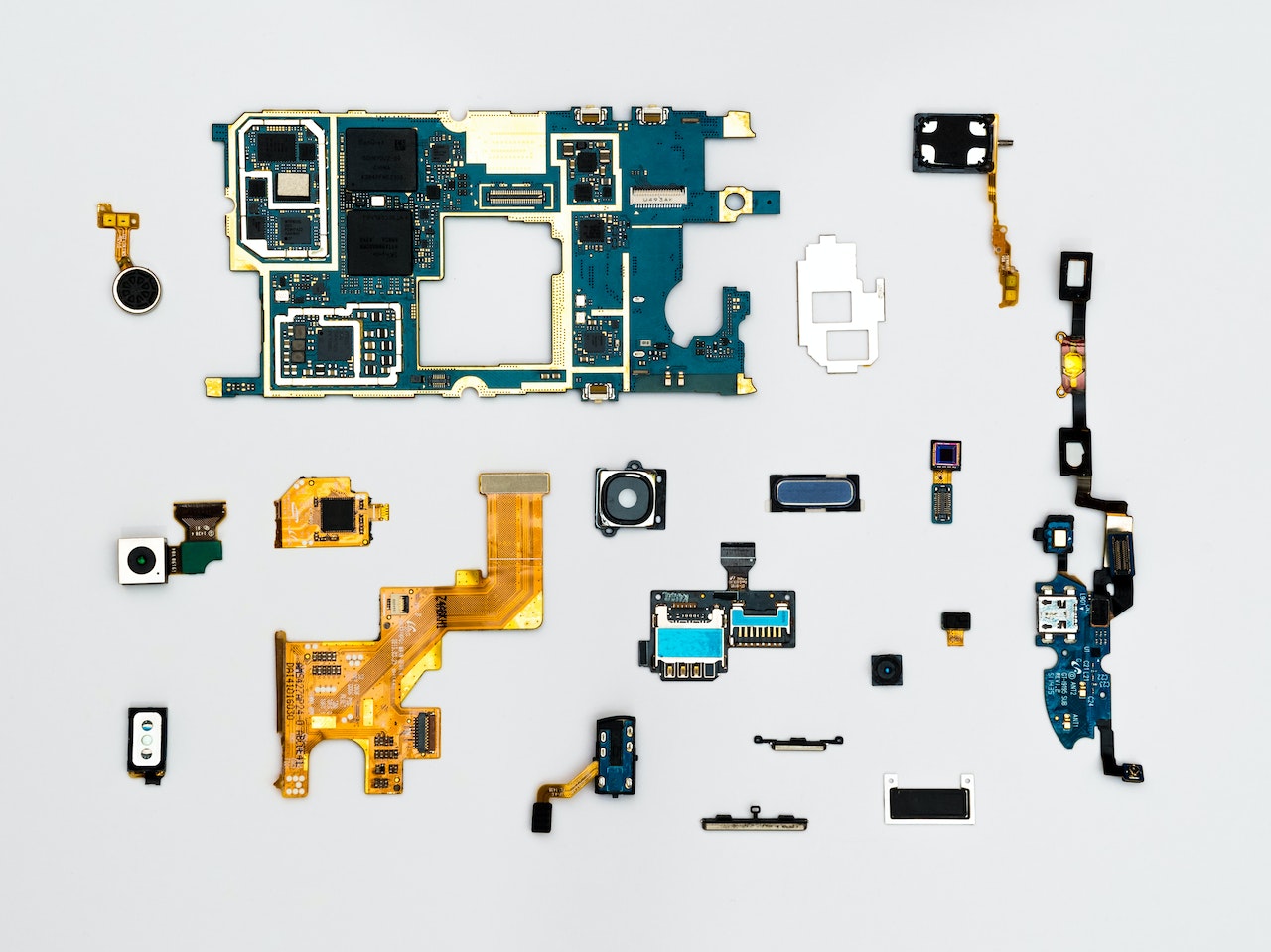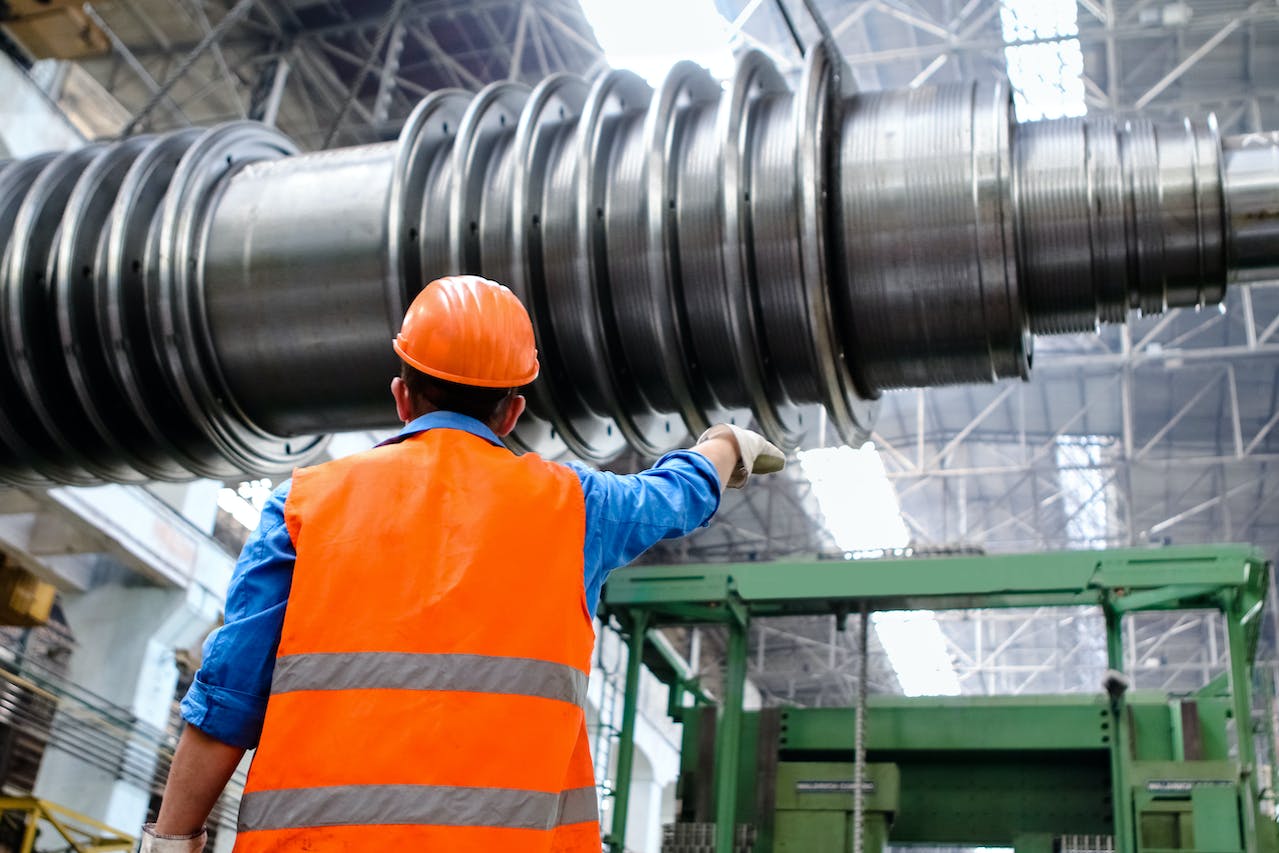The Internet of Things (IoT) is a term used to describe the interconnected network of physical devices, vehicles, buildings, and other items that are embedded with sensors, software, and network connectivity, enabling them to collect and exchange data.
IoT has transformed the way we live, work, and interact with the world around us, offering new opportunities for businesses and individuals alike.
IoT technology has evolved rapidly over the past decade, driven by advancements in wireless connectivity, cloud computing, and data analytics.
Today, IoT devices can be found in homes, offices, factories, and cities, collecting data on everything from temperature and humidity to traffic flow and energy consumption. The data collected by IoT devices can be analyzed to provide insights that can inform decision-making, optimize operations, and improve efficiency.
How Does IoT Work?
IoT devices typically consist of three components: sensors, processors, and connectivity.
The sensors collect data from the environment, such as temperature, humidity, and light levels.
The processors analyze the data and make decisions based on the programmed algorithms.
The connectivity component allows the devices to exchange data with other devices, systems, and networks.
IoT devices are connected to the internet through a variety of communication protocols, such as Wi-Fi, Bluetooth, cellular networks, and Zigbee. The data collected by the devices is transmitted to cloud-based servers, where it can be analyzed, stored, and shared with other devices or systems.
Applications of IoT
IoT technology has a wide range of applications, spanning across various industries and sectors. Here are some examples of how IoT is being used today:
- Smart Homes
Smart homes use IoT devices to automate and control various home systems, such as lighting, heating, and security. These devices can be controlled remotely via smartphone apps, providing homeowners with greater convenience and control over their homes. - Healthcare
IoT is being used in the healthcare industry to monitor patient health remotely and provide real-time feedback to healthcare professionals. Wearable devices such as smartwatches and fitness trackers collect data on vital signs and physical activity, allowing healthcare providers to monitor patient health and detect potential issues early. - Manufacturing
IoT is being used in the manufacturing industry to optimize operations, reduce downtime, and improve efficiency. Sensors installed in manufacturing equipment can detect potential failures and alert maintenance teams before equipment breaks down, minimizing production downtime. - Smart Cities
IoT is being used to create smart cities, where various systems such as traffic flow, waste management, and public transportation are connected and optimized for efficiency. IoT sensors can detect traffic congestion and adjust traffic signals to reduce congestion, while waste management systems can optimize garbage collection routes to reduce fuel consumption. - Agriculture
IoT is being used in agriculture to optimize crop yield and reduce waste. Sensors installed in fields can collect data on soil moisture, temperature, and nutrient levels, allowing farmers to optimize irrigation and fertilization schedules to maximize crop yield.
Benefits of IoT
The benefits of IoT are numerous and far-reaching, impacting various aspects of our daily lives. Here are some of the key benefits of IoT:
- Increased Efficiency
IoT devices can automate various processes and reduce manual labor, increasing efficiency and productivity. For instance, IoT sensors can detect equipment failures and schedule maintenance, reducing downtime and maximizing uptime. - Improved Decision-Making
IoT devices can collect vast amounts of data that can be analyzed to provide insights and inform decision-making. For instance, data collected from smart city systems can be used to optimize traffic flow, reduce congestion and improve public transportation. - Cost Savings
IoT devices can help businesses save money by reducing waste, optimizing operations, and improving efficiency. For instance, IoT sensors can detect energy consumption patterns and optimize lighting and HVAC systems, reducing energy costs. - Enhanced Safety and Security
IoT devices can significantly improve the safety and security of the data shared through networks



